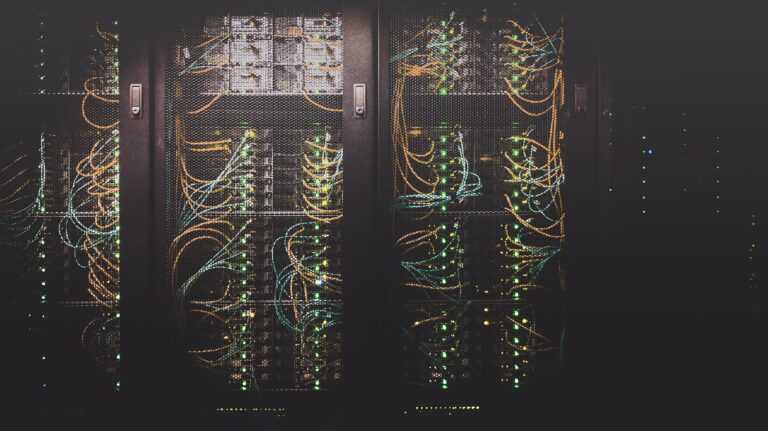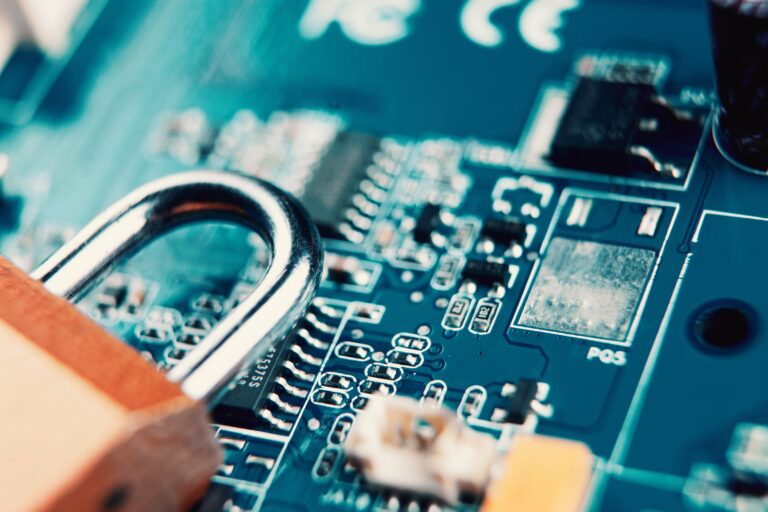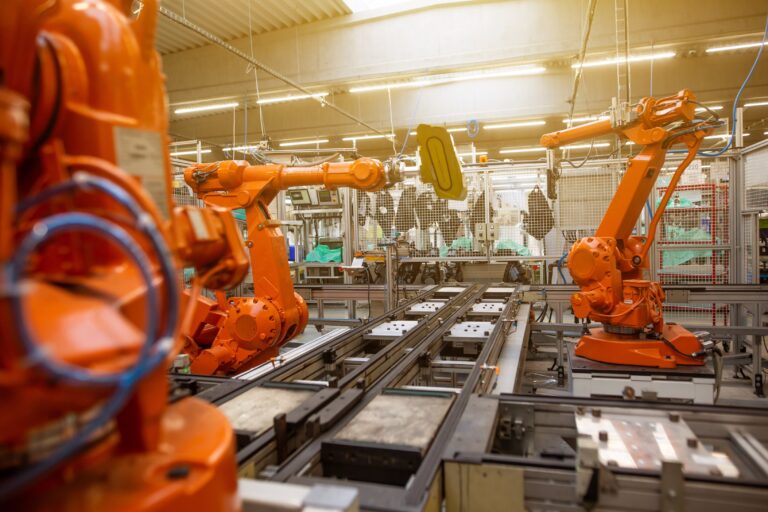We have collectively built cathedrals of data, fascinated by the promises of control and efficiency. Maintenance 4.0, driven since 2010 by artificial intelligence, the Internet of Things, robotics, and automation, promised Zero Failure, perfect prediction, and the end of the unpredictable. This ambition was part of the grand narrative of the 2000s concerning industrial performance in a world obsessed with reliability and speed. This paradigm of total mastery gradually transformed technological promise into structural dependence. The more companies sought to predict and control reality, the more vulnerable they became to its discontinuities, revealing a systemic fragility born from an illusion of stability. However, as McKinsey and OECD reports on industrial digital transformation indicate, models based on integral forecasting have revealed their limitations in the face of successive crises. Optimized supply chains and hyperconnected models proved uniquely fragile when confronted with supply disruptions, geopolitical tensions, or energy shocks. These observations, documented in studies on predictive maintenance, mark a historic turning point.
Voici la traduction professionnelle :
Reality, ultimately, does not let itself be predicted. What we thought was the era of total mastery was merely an episode revealing invisible dependencies on a world assumed to be stable. Maintenance 5.0 is born from this realization and now transforms the unpredictable into a resource. This rupture is not solely technological; it is also organizational, sociological, and philosophical. It consecrates the shift from a world governed by prediction to one oriented toward understanding and discernment. The role of maintenance is no longer to prevent hazards, but to reveal their meaning to enhance the collective intelligence of systems.
The impasse of mastery
Towards a more robust, automated platform
Optimization models imposed a logic of total standardization. In factories, workshops and energy networks, everything was designed to eliminate variability. Algorithms replaced experience, indicators replaced observation and efficiency theory replaced understanding. The result was impeccably tuned but structurally rigid organizations. When the successive crises of 2020 to 2023 disrupted the global chains, these structures froze. Studies have confirmed that the most automated systems are often the least adaptable to external disruptions.
Il est intéressant de rappeler les conclusions de Sokolov dans son étude publiée en 2016. Il démontre que les chaînes de valeur modernes, lorsqu’elles privilégient l’efficience et l’automatisation au détriment de la souplesse, deviennent vulnérables aux perturbations systémiques. En analysant la dynamique de propagation des crises industrielles à travers des modèles de simulation, il montrait que la rigidité structurelle d’un réseau amplifie la portée d’un incident local. Une panne ou un blocage dans un nœud stratégique se répercute rapidement sur l’ensemble du système, entraînant des effets de contagion et de perte de capacité de réaction. Ses travaux insistent également sur la temporalité des réponses et la nécessité de mécanismes de récupération adaptatifs, combinant anticipation, réorganisation locale et apprentissage collectif.
Maintenance 5.0 appears as a response to this saturation of the model. It reintroduces uncertainty as the raw material of organizational intelligence, and turns doubt into a steering tool. Every breakdown becomes a weak signal, an opportunity for observation and learning. In a context saturated with data, the real value shifts from the volume of information to the ability to extract meaning from it. Too much data, too little intelligence – that’s the conclusion ofMaintenance 5.0, which puts people back in the role of filter, interpreter and strategist of useful knowledge.
Humans augmented, not replaced
In the transition to the 5.0 universe, the question is no longer whether the machine can replace the human, but how it can extend his intelligence, judgment and modes of action. MIT’s research into the ” Human in the Loop ” concept shows that sustainable performance is born of cooperation between human and machine. MIT shows that the success of hybrid teams depends on three essential factors: mutual trust between human and machine, transparency of algorithmic decisions and dynamic coordination of roles. It proposes a
These new concepts confirm that tomorrow’s maintenance is not just about technology, but about the quality of cooperation between human beings and the technological world around them. The 5.0 technician becomes an interpreter and a referee. He links data to reality on the ground, signals to the concrete situation and forecasts to the strategic context. When faced with an alert, they don’t react automatically. He assesses risks, prioritizes, and makes appropriate decisions. This posture rehabilitates experiential knowledge and restores maintenance to its original role, that of an art of decision-making and discernment. Humans once again become the active conscience of the system. This evolution calls for a cultural and pedagogical transformation. Maintenance professions will have to integrate training in augmented decision-making, understanding of algorithmic biases and shared responsibility in man-machine decisions.
The event as a source of knowledge
In the 4.0 paradigm, a breakdown symbolized a failure to be avoided. In 5.0, it becomes an eye-opener. Every unexpected event is a cognitive experience. Studies have shown that organizations truly learn when they integrate their mistakes into a reflexive, collective process. The breakdown then becomes a scene of shared intelligence.
These approaches all converge on the same idea, which is that sustainable performance is born of reflexivity and the ability to transform failure into shared knowledge. Analysis of causes, contexts and responses creates a living memory of the system. Maintenance 5.0 thus ceases to be a reactive function and becomes a technology-assisted continuous learning process. It is no longer the return to normal that is important, but the ability to take advantage of the abnormal to reinforce the robustness of the entire system. This learning logic also becomes a vector for creating operational value. It enables us to anticipate failures, reduce downtime and encourage innovation in the field. The memory generated by these experiences constitutes a capital of knowledge that is passed on and enriched as situations change.
From performance to resilience
The shift from the 4.0 model to 5.0 actions also reflects a change in industrial purpose. Performance ceases to be an end in itself, and becomes a means
All analyses agree that resilience is not a state, but a dynamic process requiring anticipation, redundancy and the capacity for reinvention. The
Repairing rather than replacing is no longer an exclusively economic constraint, but a strategy for continuity and operational sovereignty. Every arbitration becomes an act of preserving technical autonomy. Sustainability is no longer an additional responsibility, but becomes a condition of industrial performance. From this point of view, maintenance 5.0 is no longer limited to asset maintenance; it is the foundation of the stability and durability of the entire production system.
Towards a new business model
The economy of functionality extends this 5.0 evolution by redefining the very notion of value. In this model, value is no longer based on the possession of a good, but on the continuity of its use. The company no longer sells a product, but performance over time. Maintenance 5.0 thus becomes one of the essential guarantors of this promise. It ensures the durability, reliability and availability of production resources. This approach transforms the structure of industry, bringing it closer to a service economy. Continuity becomes a strategic asset, and technical sovereignty a sustainable competitive advantage. In his work,
The Institut Européen de l’Économie de la Fonctionnalité et de la Coopération is developing this approach by linking it to the transformation of maintenance practices, which are becoming service co-production activities. Companies such as Michelin and Xerox illustrate the concrete scope of this approach by no longer selling tires or printers, but rather kilometers traveled and pages printed, thus linking product performance to usage satisfaction.
This logic shifts the boundary between industry and use, placing maintenance within a dynamic of continuous innovation where reliability, sobriety and service relationships merge. These perspectives pave the way for a more resilient industrial economy, where value creation is based on continuity and cooperation rather than possession. By mastering the entire life cycle of equipment, organizations gain greater independence and resilience in the face of global market fluctuations.
The unpredictable as a cardinal value
Maintenance 5.0 marks a decisive step in contemporary industrial maturity. It goes beyond theillusion of control to embrace the complexity of the real world. Innovation ceases to be the quest for perfect prediction, and becomes the art of living with uncertainty. By relying on knowledge, lucidity and adaptability, organizations can transform every hazard into a learning opportunity.
This is how maintenance, long perceived as a peripheral function, becomes the beating heart of industrial transformation. It reconciles intelligence, resilience, sustainability and sovereignty to build technical systems that are not fragile, but profoundly dynamic. In the
Editorial perspectives: continuing to think about Maintenance 5.0
This text inaugurates a cycle of reflections dedicated to Maintenance 5.0 and the profound transformation of industrial practices it calls for. Each part of this series will explore one of the many essential aspects of this mutation. These include the critique of predictive logic, the redefinition of the human role in augmented environments, learning from failure, systemic resilience, and use value as the foundation of a more sovereign and sustainable economy.
Several articles will follow to explore these dimensions in greater depth. They will successively address the following points:
- “At the heart of the breakdown: reality as a source of knowledge”. Development of the concept of the “learning breakdown” and the organizational mechanisms for deriving cognitive value from it.
- “Use value: the foundation of sustainable economic sovereignty”. Deciphering the link between the economy of functionality, cooperation and the strategic independence of industrial regions.
- “Maintenance 5.0: a manifesto for sustainable industry”. Philosophical and political synthesis of the 5.0 movement, placing technology at the service of societal responsibility and collective awareness.
Mustapha Derras – Co-Founder BLPredict








